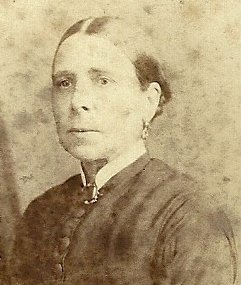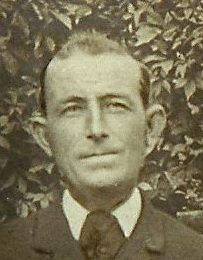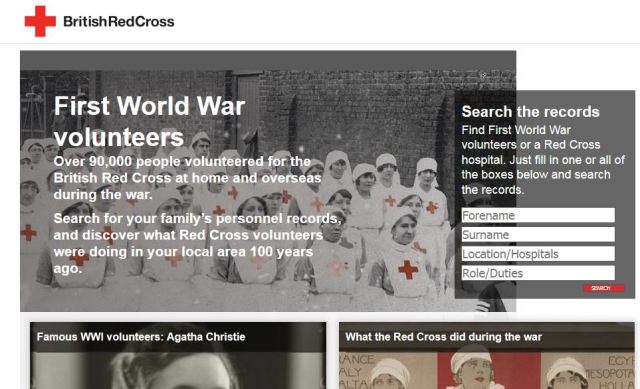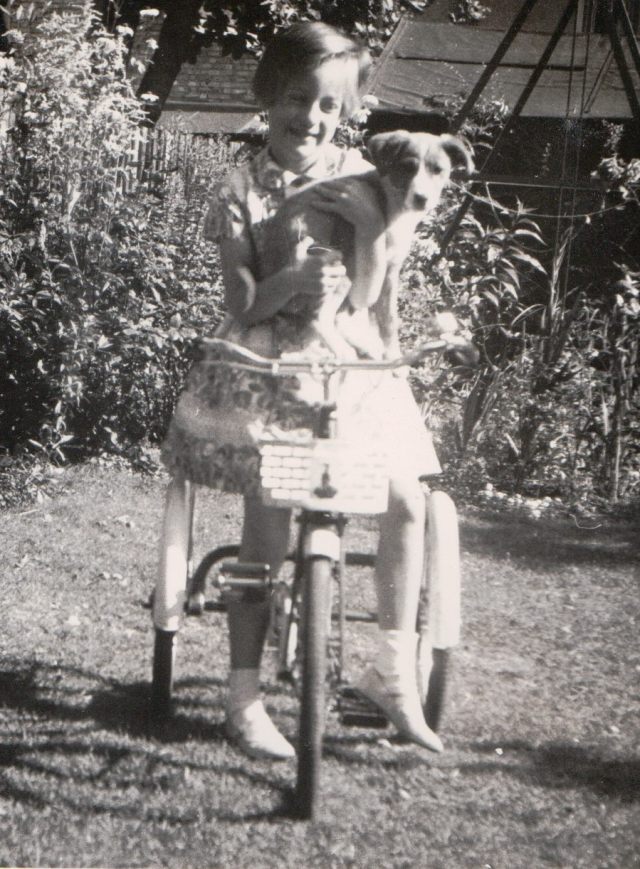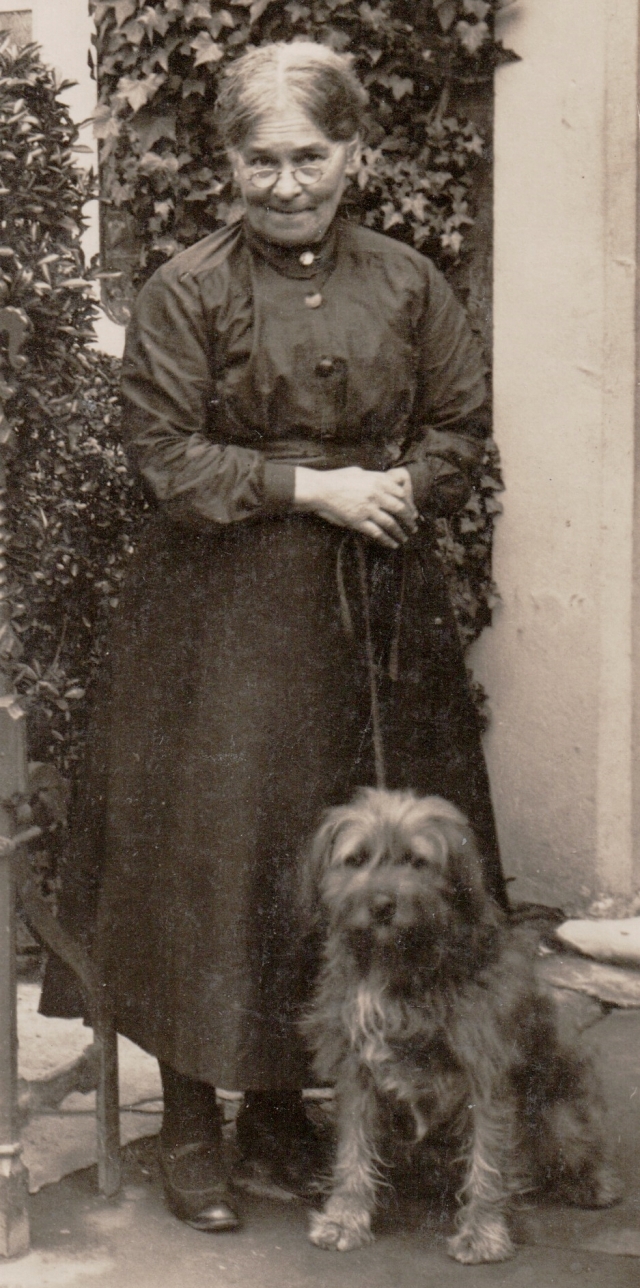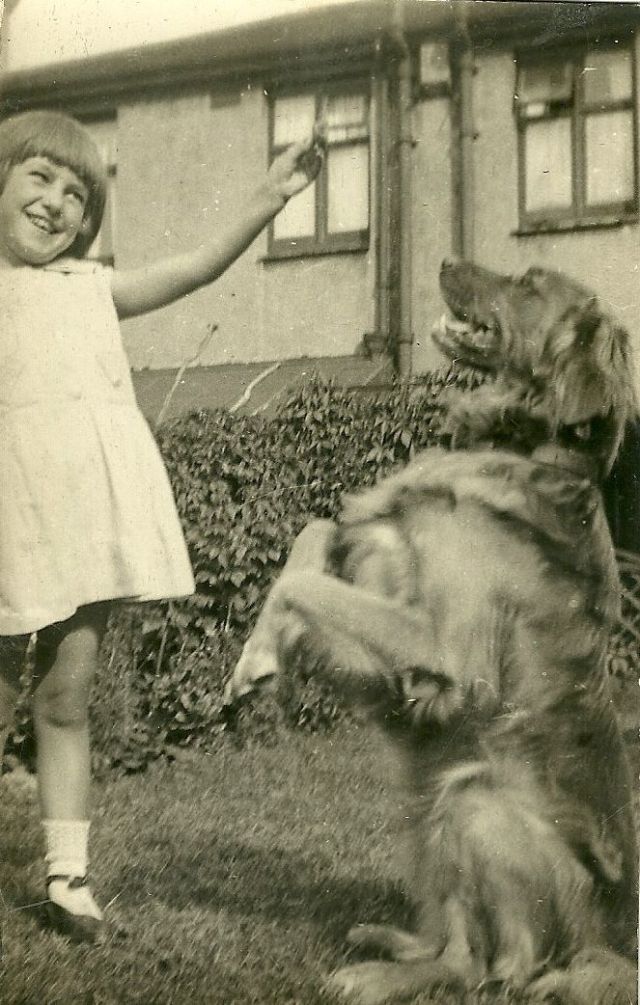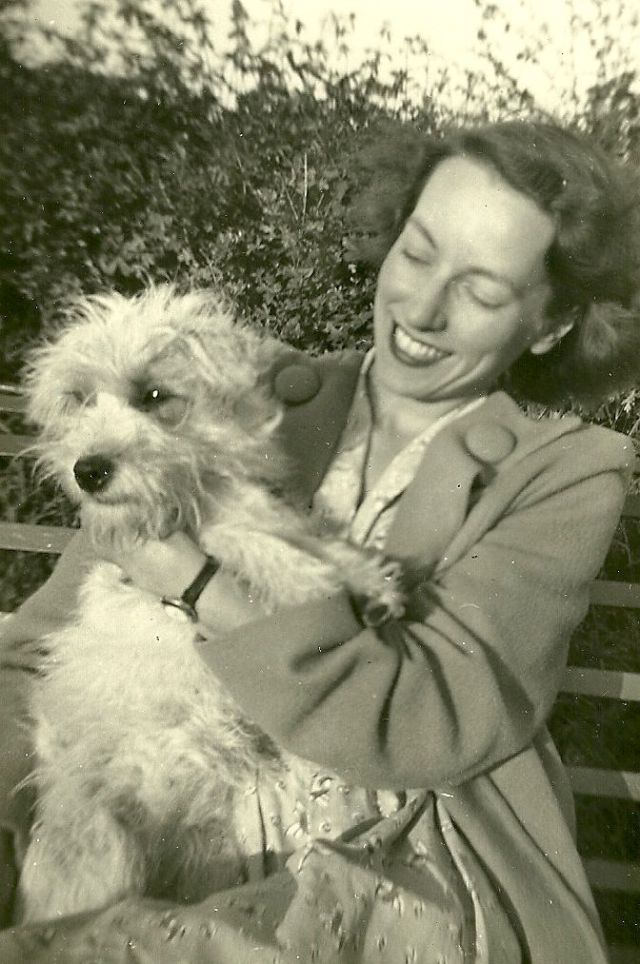Until recently, I was a columnist for the In-depth Genealogist Magazine and also wrote for their blog. Now the magazine is sadly no more, contributors have been invited to re-post their blog material elsewhere, so that it is preserved. This is another post that I wrote for the magazine, which I have edited to bring it up to date.
As genealogists, we often shy away from researching our twentieth century ancestors, treating them differently from earlier generations. When we begin our quest to uncover our family’s story, the inclination is to rush backwards as far as possible, as fast as possible. Often, our knowledge reaches back to the early years of the twentieth century without us having to do any documentary research. Here are people we have known and whose personal reminiscences, memorabilia and vital records may well be in our possession, or held by close family. For some of us, there is the tendency to view the twentieth century as ‘not really history’; after all we may well have lived through half of it. Our starting point may well be a granny or great granddad who was born in 1895. Family historians will often, justifiably, comment that it is easier to research in the nineteenth century than it is the twentieth. Records that are closed to public view, families that are increasingly mobile and just sheer numbers of people, all add to the difficulties of more recent research. This means we sometimes gloss over the recent members of our family tree, relying on what the family can tell us and instead we immerse ourselves in the stories of our earlier ancestors.
If you have never really focused on your more recent relatives, I would like to encourage you to do so. This is not just about a family tree, it is about recreating your family’s lives. There is so much context that can be incorporated in to stories of ancestors who were alive between 1900 and 1950: two World Wars, the changing role of women, the Great Depression, to name but a few. If you have an English family you might add the General Strike, in Ireland the fight for Home Rule. I had great fun researching this era for my novel Barefoot on the Cobbles. This period may see your family owning a car, a camera or a radio for the first time. Can you find out what they might have seen at the cinema, listened to on the phonograph or played with as children? Fashions, communications, travel and social welfare all changed immeasurably between 1900 and 1950; how would this have affected your family?
More recent research has become more important now that our quest for DNA matches encourages us to take our trees downwards, in an attempt to identify potential 3rd and 4th cousins.
Taking time out from your quest for earlier generations, to concentrate on those from this period, can bring great benefits. Just selecting a few decades really focuses the mind and you will probably be surprised how much you can find out about these relatives, their homes and localities and the lives they may have led. There is much to help you tell that story. You may well have photographs of this period. Even if you do not have photographs of your own ancestors, there are others available to evoke the era. There will be newspaper reports that again might not name your own relatives but will tell you what was going on in their communities. Would granny have attended the church bazaar? Did granddad win the ploughing match? Would your family have been affected by the closure of a major local business? It is much more likely that you will have precise addresses for twentieth century ancestors and it is also more likely that those homes are still standing. This opens up opportunities to include photographs of those homes in your stories.
This is also a fascinating period for those with One Place Studies to focus on – get ready for the release of the 1921 census by focusing on the other documentation now!
CUE ADVERTS
For those of you with British ancestors in this period, if you feel that this is a project that you might like to try and you would welcome further guidance, the next presentation of my five week online course Discovering your British Family and Community in the Early Twentieth Century, run by Pharos Tutoring and Teaching starts in January.
Barefoot on the Cobbles – true story based in Devon 1890-1919. Available on Kindle. Unless you are outside the UK, please buy paperbacks from me (trying to make room for Christmas tree) – postage free to UK addresses. Gift giving season approaching etc.. Also available Remember Then: women’s memories of 1946-1969 and how to write your own. Ditto that think about buying from me. What else can I say, oh talks available on both books on request. Phew, that’s today’s marketing done.
And just because I can, photos of a few of my ancestors who made it into the C20th. P.S I don’t seem to have inherited the ears!

